Optimal Timing for Demolition Services

Demolition is often scheduled during periods of low construction activity to minimize disruptions.

Optimal weather, typically dry and mild, reduces delays and safety risks during demolition projects.

Planning demolition after site assessments ensures safety and efficiency, often aligning with project timelines.
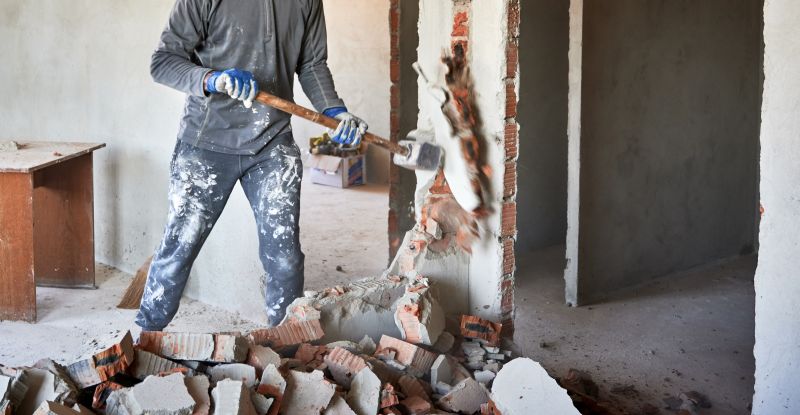
Ways to make Demolition Service work in tight or awkward layouts.
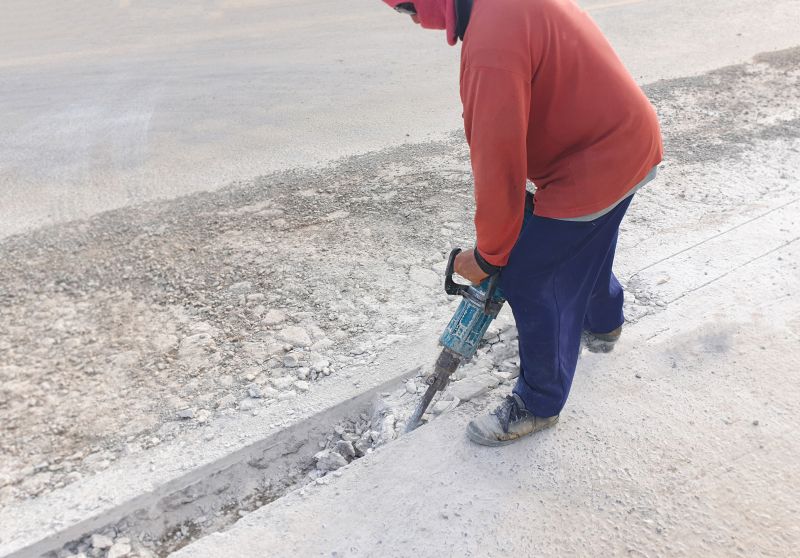
Popular materials for Demolition Service and why they hold up over time.

Simple add-ons that improve Demolition Service without blowing the budget.

High-end options that actually feel worth it for Demolition Service.

Finishes and colors that play nicely with Demolition Service.
Demolition services are essential for clearing sites for new construction, renovations, or land development. Proper timing ensures safety, cost-effectiveness, and minimal impact on surrounding areas. Seasonal considerations, such as avoiding harsh winter conditions, can influence scheduling in Fairbanks, AK, where weather can be extreme. Planning demolition during milder months can reduce delays caused by snow and cold temperatures.
Statistics indicate that scheduling demolition projects during periods of stable weather can decrease project duration by up to 20%. Additionally, early planning allows for better resource allocation and compliance with local regulations. In Fairbanks, it is advisable to consider seasonal weather patterns to determine the most suitable time for demolition activities, typically in late spring or early fall when conditions are more favorable.
Scheduling demolition during optimal seasons reduces delays, safety risks, and costs.
Extreme cold and snow can hinder demolition progress and increase safety hazards.
Early assessment of weather patterns and project timelines ensures efficient scheduling.
Most demolition projects in Fairbanks are best scheduled during late spring or early fall.
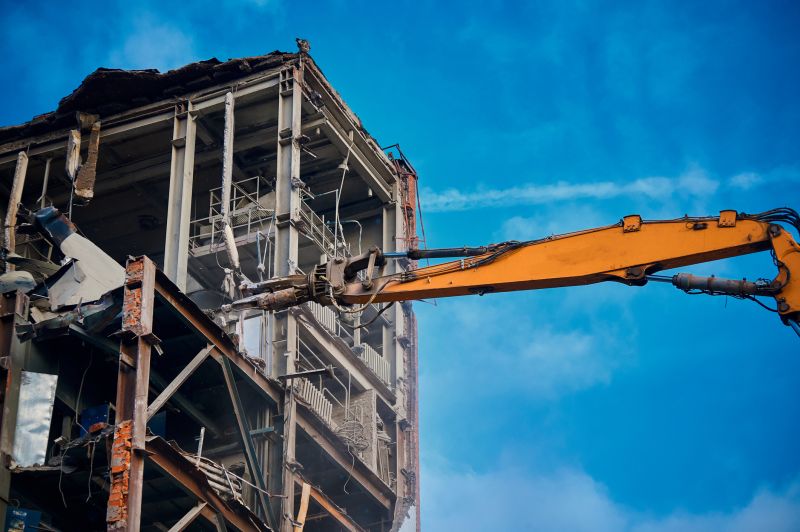
Heavy machinery efficiently tearing down structures during suitable weather.

Preparing sites during optimal seasons ensures safety and compliance.
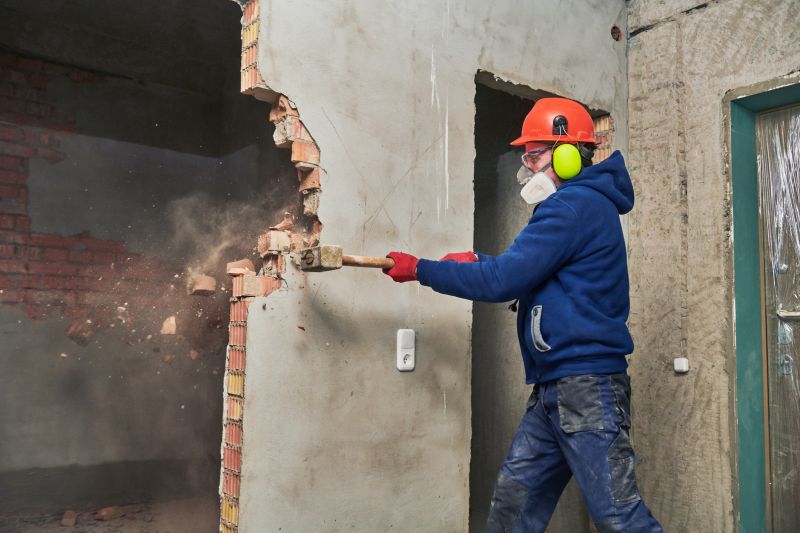
Proper safety protocols are easier to implement in favorable weather conditions.

Effective planning during the right season minimizes project disruptions.

Little measurements that prevent headaches on Demolition Service day.
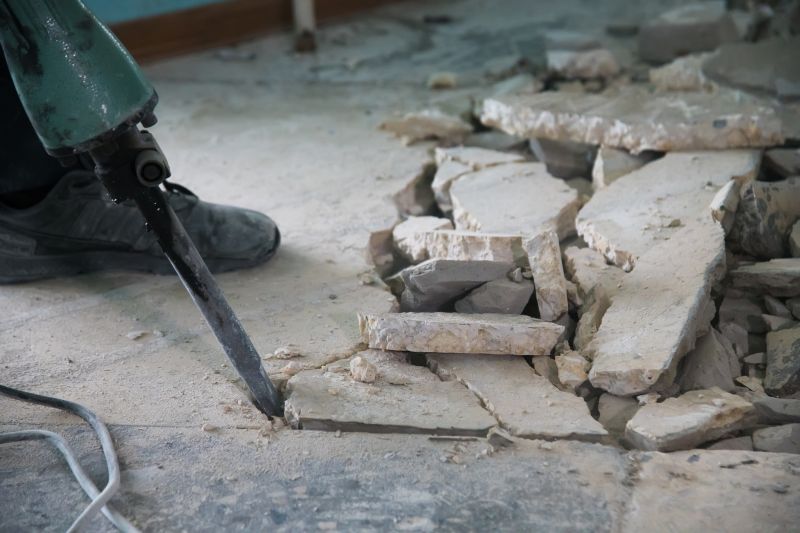
A 60-second routine that keeps Demolition Service looking new.
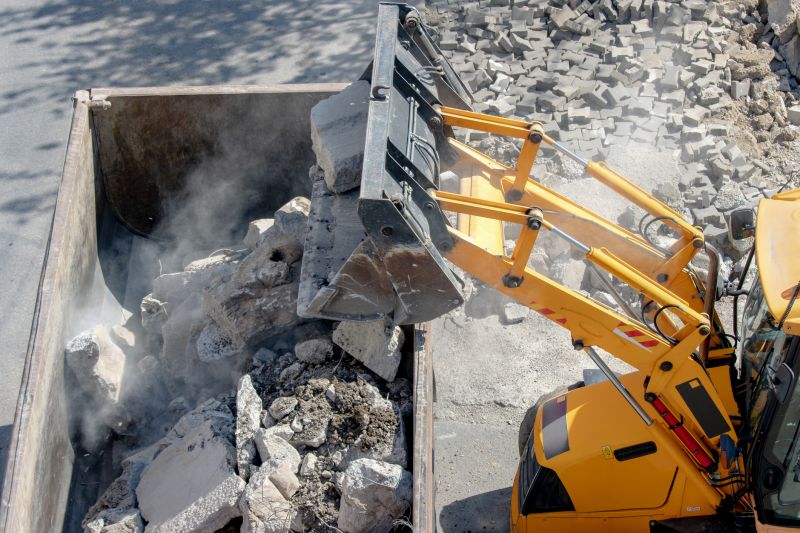
A frequent mistake in Demolition Service and how to dodge it.

Small tweaks to make Demolition Service safer and easier to use.
| Season | Advantages |
|---|---|
| Spring | Mild weather, longer days, ideal for scheduling projects. |
| Summer | Stable conditions, good for large-scale demolitions. |
| Fall | Favorable weather, preparation for winter. |
| Winter | Challenging due to snow and cold, increased safety risks. |
Choosing the right time for demolition in Fairbanks involves considering seasonal weather patterns and project requirements. Late spring and early fall offer the most favorable conditions, allowing for safer and more efficient operations. Proper timing can also help in avoiding delays caused by snow accumulation and freezing temperatures, which are common in Alaska.

Heavy machinery working smoothly during suitable weather conditions.
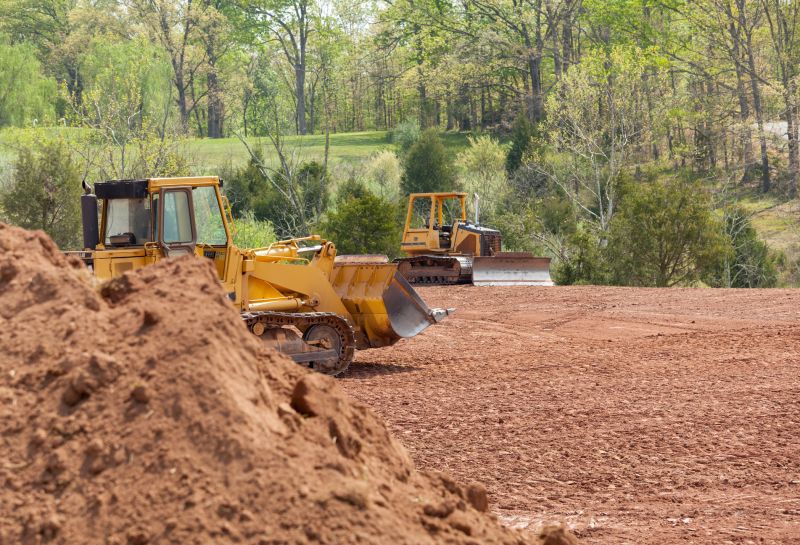
Preparing sites for demolition during optimal seasons ensures safety.

Proper safety gear and protocols are vital during all phases.

Clean and prepared for new construction or development.

Lower-waste or water-saving choices for Demolition Service.
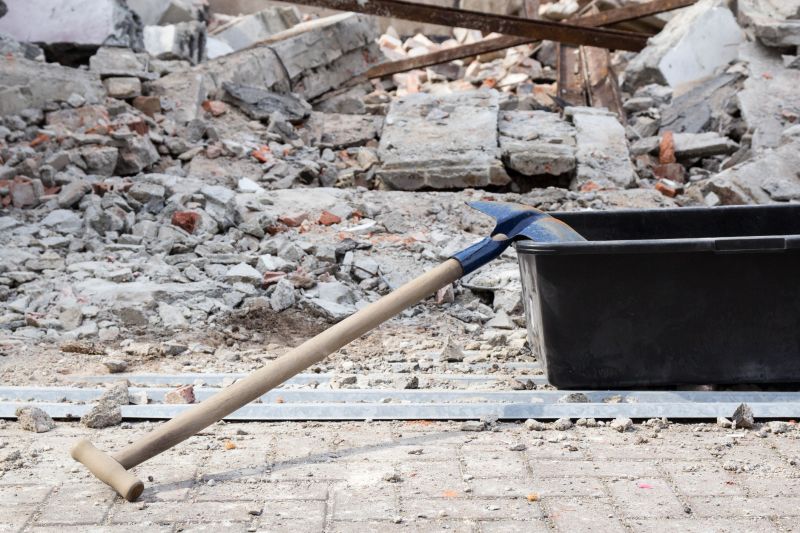
The short, realistic tool list for quality Demolition Service.
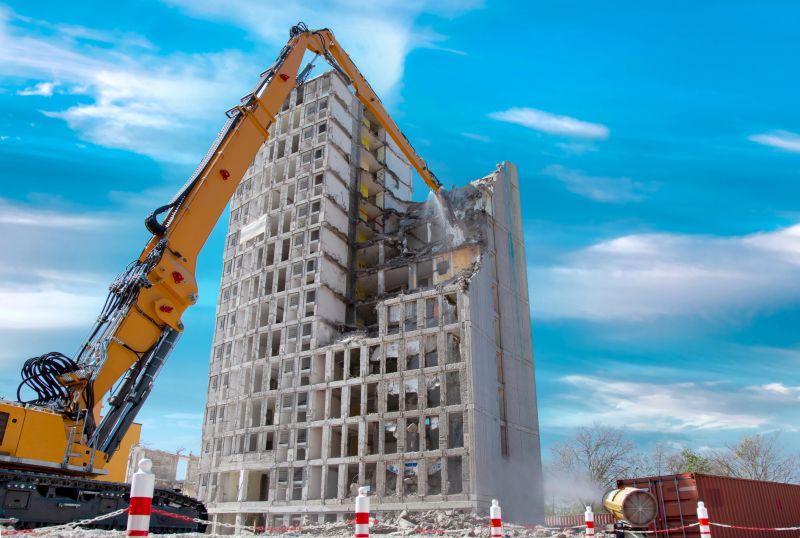
Rough timing from prep to clean-up for Demolition Service.
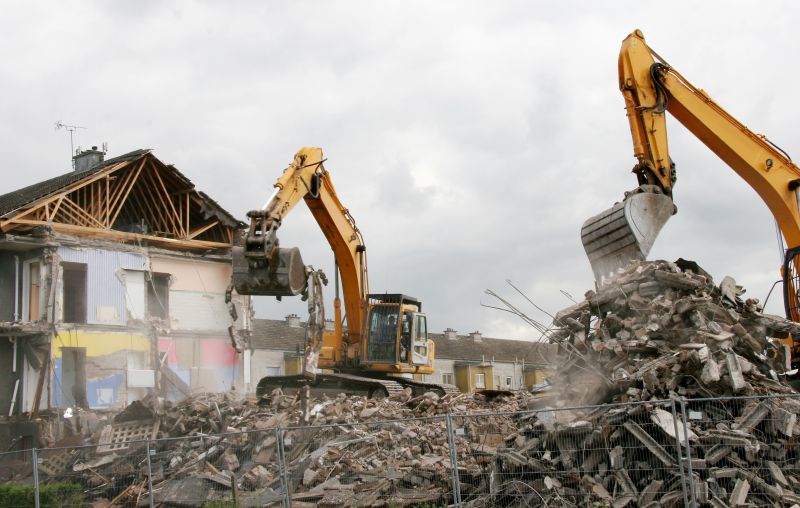
Quick checks and paperwork to keep after Demolition Service.
Understanding the best time for demolition can lead to more efficient project completion and cost savings. In Fairbanks, scheduling during milder months minimizes weather-related disruptions and safety concerns. Proper planning and timing are key components of successful demolition projects.
Interested parties are encouraged to fill out the contact form to discuss scheduling and planning options for demolition services. Precise timing tailored to project needs can optimize outcomes and ensure safety throughout the process.
